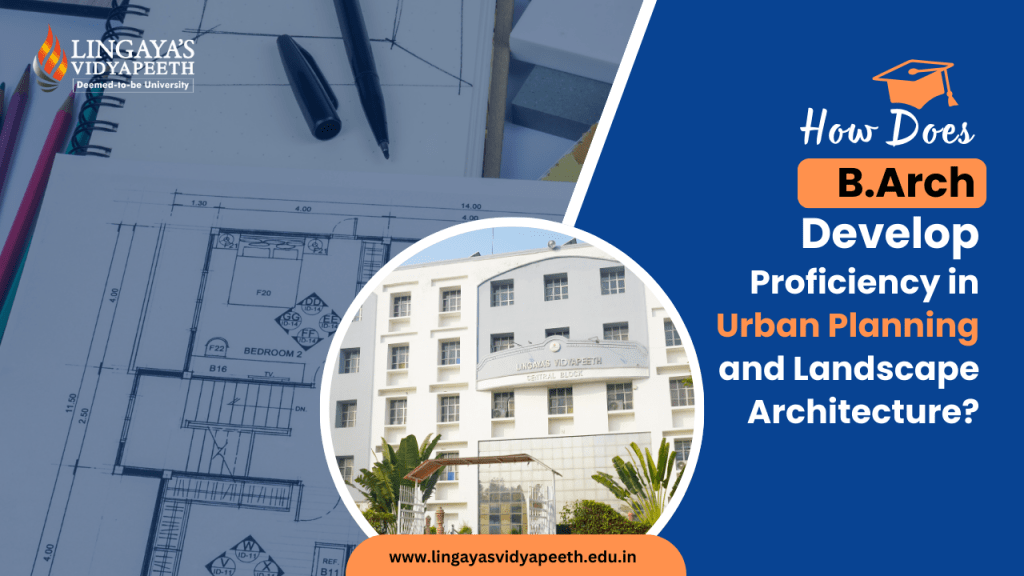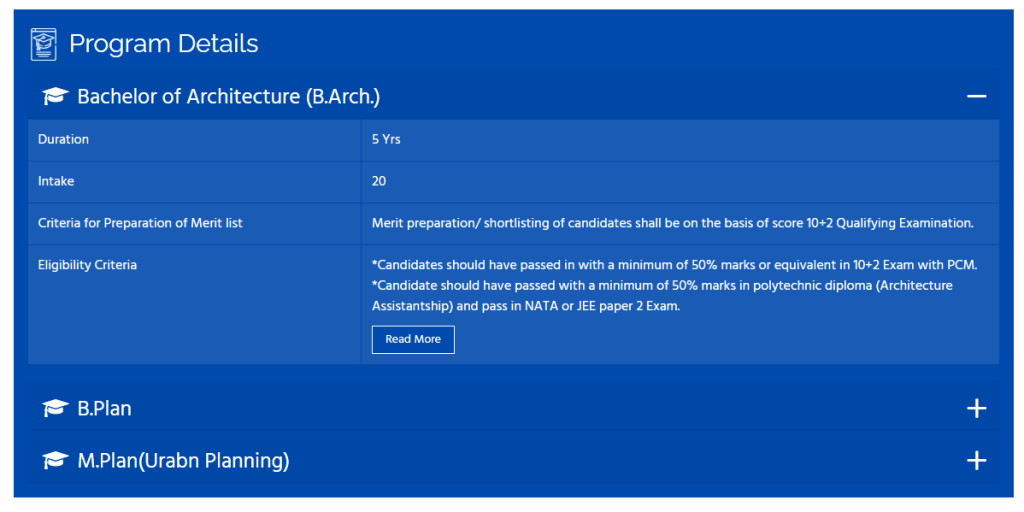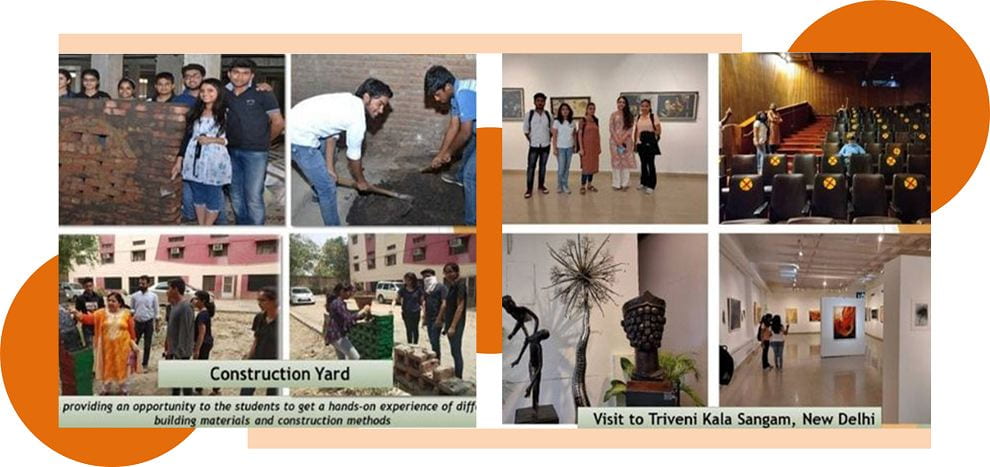
The field of architecture plays a pivotal role in shaping the visual and functional aspects of urban spaces. Pursuing a Bachelor of Architecture (B.Arch) not only equips students with design skills but also nurtures proficiency in urban planning and landscape architecture.
Navigating the Urban Landscape: Unveiling the Proficiency of B.Arch in Urban Planning and Landscape Architecture
1. Holistic Design Thinking:
B.Arch education instills a holistic approach to design thinking. Students learn to consider the interplay between buildings, public spaces, and landscapes, fostering a comprehensive understanding of urban environments.
2. Urban Design Studio Projects:
B.Arch programs often incorporate urban design studio projects where students engage in real-world scenarios. These projects provide hands-on experience in conceptualizing and planning urban spaces, integrating architectural principles with practical considerations.
3. Sustainable Urban Planning:
Sustainable design principles are integral to B.Arch education. Students explore eco-friendly urban planning solutions, addressing environmental concerns and contributing to the creation of resilient and sustainable urban landscapes.
4. Landscape Architecture Courses:
B.Arch programs include courses specifically focused on landscape architecture. These courses delve into the principles of designing outdoor spaces, parks, and green areas within the urban fabric, enhancing students’ proficiency in creating aesthetically pleasing and functional landscapes.

5. Integration of Technology:
B.Arch students leverage cutting-edge technologies like Geographic Information Systems (GIS) and Building Information Modeling (BIM) for urban planning and landscape design. This integration equips them with tools to analyze and visualize urban spaces effectively.
6. Urban Planning Theory:
B.Arch curriculum often includes theoretical components related to urban planning. Students delve into the history, theories, and methodologies of urban planning, gaining a deep understanding of the factors influencing urban development.
7. Community Engagement:
B.Arch programs encourage community engagement, fostering a sense of social responsibility among students. By actively involving themselves in community projects, students learn how architecture can positively impact communities and contribute to inclusive urban development.
8. Field Visits and Internships:
Field visits and internships are integral components of B.Arch programs. These experiences provide students with firsthand exposure to urban planning and landscape architecture projects, allowing them to apply theoretical knowledge in real-world scenarios.

9. Interdisciplinary Collaboration:
Collaboration with professionals from related fields, such as urban planning and landscape architecture, is emphasized. B.Arch students engage in interdisciplinary projects, gaining insights into the collaborative nature of creating vibrant and functional urban spaces.
10. Site Analysis and Contextual Design:
B.Arch education places a strong emphasis on site analysis and contextual design. Students learn to assess the existing urban fabric, analyze site conditions, and design structures that harmonize with the surrounding environment.
Conclusion: Pursuing a B.Arch degree is not just about creating aesthetically pleasing buildings; it is a journey towards becoming a well-rounded architect with proficiency in urban planning and landscape architecture. With a curriculum designed to integrate theory with practical application, B.Arch programs at institutions like Lingaya’s Vidyapeeth pave the way for architects to shape sustainable, functional, and visually appealing urban landscapes.